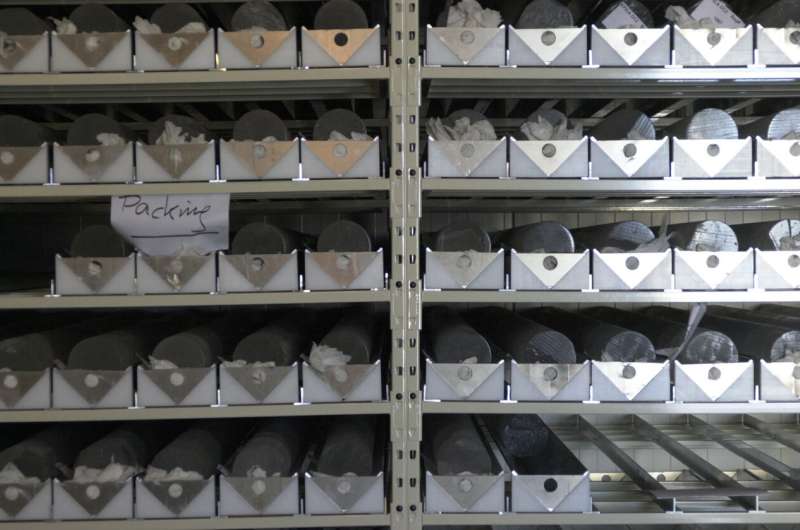
Ice cores allow climate researchers to look 800,000 years back in time. New research indicates that atmospheric carbon acts as fertilizer, increasing biological production. The mechanism removes carbon from the air and thereby slows the acceleration in global warming.
Even under ice age conditions, plants, plankton, and other life forms will be able to increase production whenever atmospheric carbon concentrations rise. The mechanism will not prevent an ongoing trend of global warming, but at least will slow the acceleration. This conclusion stems from an international collaboration involving the Physics of Ice Climate Earth (PICE) center of Niels Bohr Institute, University of Copenhagen.
“Global biosphere production through photosynthesis is the strongest absorbing flux of atmospheric carbon dioxide. It is therefore essential to understand its natural variability for a better projection of the future carbon cycle,” says postdoc researcher Ji-Woong Yang, PICE, continuing:
“Nowadays, as we have Earth observation satellites and other advanced equipment, the mechanism of carbon fertilization is well established. However, we were not sure that the same mechanism existed in past periods where the climate was very different and atmospheric carbon concentrations much lower. The new results confirm the existence of the strong correlation and allow us to model future developments with more confidence.”
Eight glacial cycles are covered
In collaboration with Laboratoire des Science du Climat et de l’Environnement, France, the PICE team has studied the ancient air trapped inside tiny air bubbles in an Antarctic ice core. The ice core represents the last 800,000 years of climatic development.
The scientists take advantage of the fact that the oxygen atom does not only exist in the most common form 16O with 8 protons and 8 neutrons but also as the isotopes 17O and 18O. The isotopic composition is a tracer for biosphere productivity. Uniquely, the method will show the global level of biological production in contrast to other methods which give more localized results.
Combining the air bubble measurements with modeling of oxygen behavior in both the biosphere and the stratosphere, the researchers were able to quantify the biosphere productivity evolution under both glacial periods (ice ages) and interglacial periods. In total, eight glacial cycles were covered.
“The results clearly demonstrate that productivity drops during glacial periods and increases during interglacial periods. Further, a strong correlation exists with past atmospheric carbon dioxide concentrations measured from multiple ice cores. In addition, the effect is more prominent during glacial periods where the level of carbon dioxide and the global biosphere productivity start to increase several thousand years before the ice caps begin to melt. This correlation is explained by the strong fertilization effect by atmospheric carbon dioxide,” says Ji-Woong Yang.
Explore further
Ji-Woong Yang, Global biosphere primary productivity changes during the past eight glacial cycles, Science (2022). DOI: 10.1126/science.abj8826. www.science.org/doi/10.1126/science.abj8826
Study finds that past global photosynthesis reacted quickly to more carbon in the air (2022, March 10)
retrieved 14 March 2022
from https://phys.org/news/2022-03-global-photosynthesis-reacted-quickly-carbon.html
part may be reproduced without the written permission. The content is provided for information purposes only.